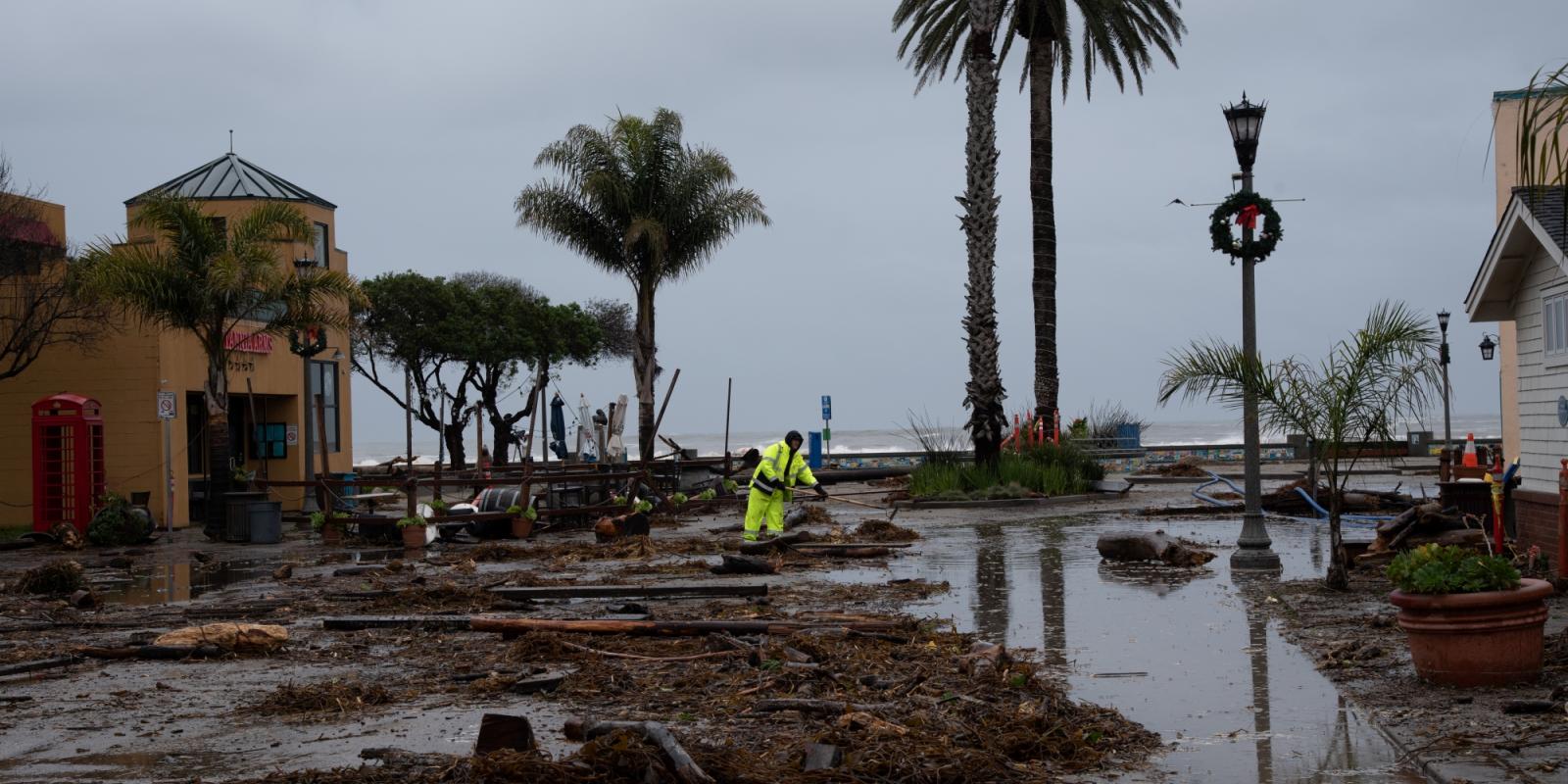ASA is a leader in exploring the connections between aging and climate change. In Summer 2022 it published a climate-themed special edition of Generations, and fighting climate change has been written into its advocacy and policy goals since 2021. Other advocates for older adults are now following suit: AARP released an updated Disaster Resilience Tool Kit in July 2022; and this year, GSA dedicated a special issue of The Gerontologist to climate change and what it means for older adults.
This recent progress is encouraging, but more urgent action is needed. Meteorologists warn of a record-breaking hurricane season to come, which—if past is prologue—means that once again we’ll see a disproportionate number of fatalities among older adults. Those who support, advocate for, and represent older adults must act now to engage with local planners, emergency managers, philanthropy and others to plan for this future. Only by doing so can we ensure that the needs of older adults are met in climate-fueled disasters, as well as in the “new normal” that climate change represents for all of us.
Lesson Learned, Again, in Ventura
Time and again, older adults suffer when communities fail to adequately plan for their needs. The plight of older residents in Ventura County, Calif., illustrates this in stark relief. On Dec. 21, 2023, an atmospheric tornado dropped 3 inches of rain on parts of the region in just 45 minutes. The massive flooding that followed largely affected residents of Port Hueneme and Oxnard—communities largely composed of smaller homes for older adults living on fixed incomes, low-income families, and/or undocumented residents.
The damage was devastating. Many homes were made uninhabitable by damage to floors, electrical systems, doors and more. Cars and appliances were instantly “totaled” by water infiltration. Few affected households had sufficient savings to rebuild. Particularly hard hit were residents of older homes that required asbestos remediation before rebuilding—at a price of $30,000 per home. Few households had flood insurance, rental insurance and/or adequate auto insurance coverage to offset the cost of replacing and rebuilding.
‘Seven million older adults in the U.S. already report that they had to forego food or medicine to pay their utility bills.’
Perhaps most troubling, the event was deemed too small to unlock FEMA disaster relief funds, so the only federal funding available for rebuilding was from the Small Business Administration—an option that rarely helps households on fixed incomes. Philanthropy has endeavored to fill the gap, but the needs well outpace the ability to fundraise.
Thankfully, there were no deaths directly attributed to the flooding, but it is nevertheless tragic for those left in its wake. Too many older adults are left with homes that are either uninhabitable or unsafe to live in, few financial resources with which to rebuild, and the mental and emotional trauma that disaster brings. Disasters like this shatter older adults’ plans to age in place.
The New Normal
Older adults now face more tragic events like the Ventura flooding, but also a complex “new normal” altered by climate change. That future will include longer, hotter seasons that not only increase the chances of wildfire (and its attendant smoke-filled skies), but also present real health risks for older adults. Climate Central reports that 12,000 people die in the U.S. alone from heat-related deaths each year—making extreme heat deadlier than all other weather-related diseases combined. And people older than age 60 represent 80% of those fatalities.
Longer, hotter days don’t just mean worse air quality and riskier temperatures. They also mean higher costs for older adults who will increasingly struggle to afford to cool their homes, at a time when 7 million older adults in the U.S. already report that they had to forego food or medicine to pay their utility bills.
The reality that we have seen 20-plus years of crises like the Ventura County disaster—and that they are accelerating at a time when we are aging as a country—led me to write Climate Resilience for an Aging Nation (Island Press, 2023). My hope in doing so was that advocates for aging and climate resilience will converge around a singular task: to reduce climate-related risk for older adults.
This requires short-term action to support older adults individually, as well as longer term changes in the way we plan and design communities. Fortunately, when we solve for the needs of older adults, we create safer communities for all.
We can mitigate risk to older adults by educating them on the importance of adequate insurance and finding ways to offset the cost for fixed-income households—as well as by investing in infrastructure to reduce flood (or fire or hurricane) risk in areas where older adults live.
We can help older adults weatherize and upgrade their homes to make them more climate resilient through improved drainage, floodproofing, and elevated systems—and build safer, more energy-efficient homes for all.
We can institute better communication and emergency response systems—and intentionally engage older adults in designing disaster management systems that work for them. The work must begin immediately as we approach a year of potentially record-breaking climate-fueled events.
But this critical work cannot begin until we recognize the truth: older adults are and will continue to be disproportionately impacted by climate change. Those of us who advocate for and support them have a responsibility to mitigate their risk in the face of an uncertain future.
Danielle Arigoni wrote Climate Resilience for an Aging Nation and is managing director for Policy and Solutions at National Housing Trust, in Washington, DC.
Photo credit: Shutterstock/Roseangela Perry
Photo caption: Bomb cyclone damage in Santa Cruz, Calif., Jan. 05, 2023.













